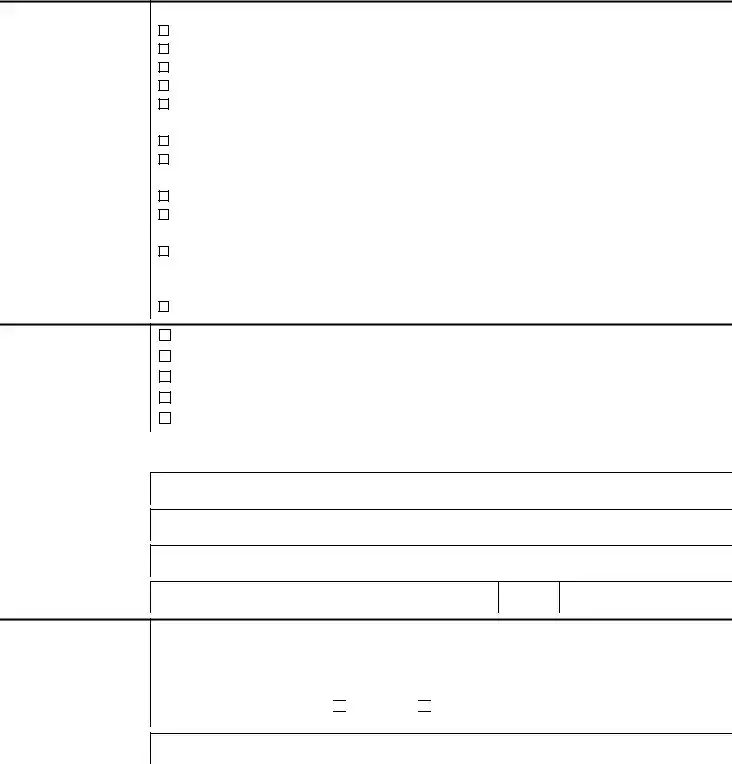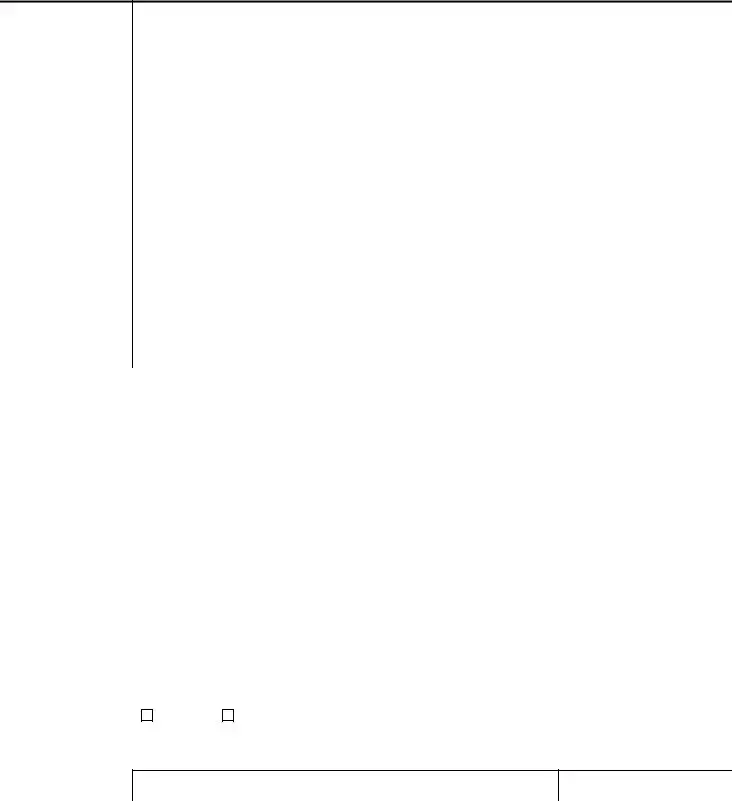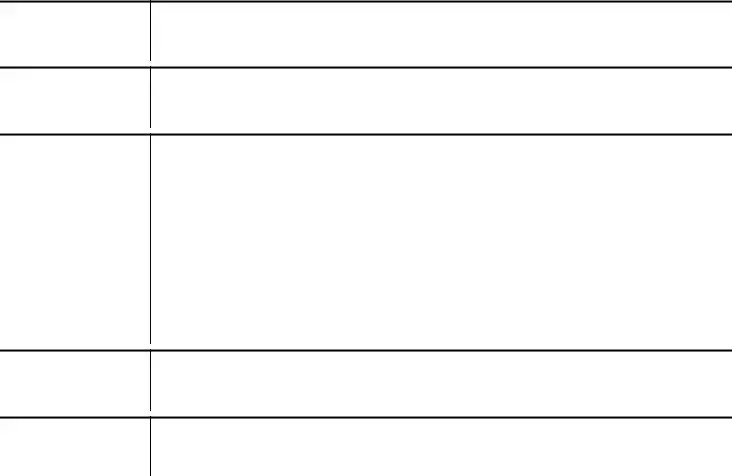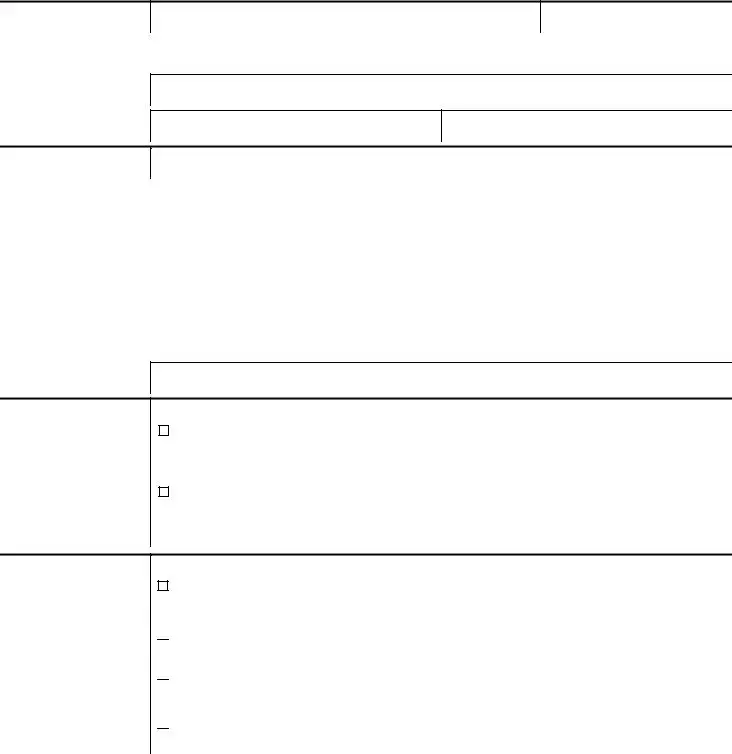|
Payment Paid To |
State Income Tax Withholding and Reporting will be determined using your legal residency at the time the |
|
You (continued) |
distribution is made. |
|
|
The tax determination of your distribution can be complex and does vary based on your state of residency. |
|
|
You may want to consult with your own tax advisor to determine the proper tax treatment of your distribution. |
|
|
Voluntary Withholding - If any portion of your payment is not an eligible rollover distribution but is taxable, |
|
|
the mandatory withholding rules do not apply. A 10% voluntary Federal Income Tax Withholding will |
|
|
automatically apply unless you elect to have no Federal Income Tax withheld. |
|
|
Sixty-Day Rollover Option - If you have an eligible rollover distribution paid to you, you may still decide to roll |
|
|
over all or part of it to an eligible retirement plan that accepts rollovers. If you decide to roll over, you must |
|
|
make the rollover within sixty (60) days after you receive the payment. The taxable portion of your payment |
|
|
that is rolled over will not be taxed until you take it out of the eligible retirement plan. You may roll over up to |
|
|
100% of the amount that was an eligible rollover distribution, including an amount equal to the 20% that was |
|
|
withheld. If, within the sixty (60) day period, you choose to roll over 100%, you must contribute other money to |
|
|
the eligible retirement plan to replace the 20% that was withheld. If you roll over only the 80% that you |
|
|
received, the 20% that was withheld will be included in your taxable income for the year. |
|
|
For example, if your eligible rollover distribution from an eligible retirement plan was $10,000 and you chose to |
|
|
have it paid to you, you will receive $8,000, and $2,000 will be sent to the IRS as Federal Income Tax |
|
|
Withholding. Within sixty (60) days after receiving the $8,000 you may roll over up to $10,000 to an eligible |
|
|
retirement plan that accepts rollovers. To do this, you roll over the $8,000 you received from the plan, and |
|
|
you will have to find $2,000 from other sources. In this case, the entire $10,000 is not taxed until you take it |
|
|
out of the eligible retirement plan, and you may be eligible to receive a refund of the $2,000 withheld when you |
|
|
file your income tax return. |
|
|
If, on the other hand, you roll over only $8,000, the $2,000 you did not roll over is taxed in the year it was |
|
|
withheld. When you file your income tax return, you may get a refund of part of the $2,000 withheld. (However, |
|
|
any refund is likely to be larger if you roll over the entire $10,000.) |
|
|
.Additional 10% Premature Withdrawal Tax If You Are Under Age 59½ - If you receive a payment before |
|
|
you reach age 59½ (and no other statutory exemption applies) and you do not roll it over, you may have to |
|
|
pay an extra premature distribution tax, in addition to Federal Income Tax. Unless an exception applies, you |
|
|
will have to pay this extra tax, equal to 10% of the taxable portion of the payment, when you file your income |
|
|
tax return. The additional 10% tax generally does not apply to (1) payments that are paid after you separate |
|
|
from service with your Employer during or after the year you reach age 55, (2) payments that are paid |
|
|
because you retire due to disability, (3) payments that are paid as equal (or almost equal) payments over your |
|
|
life or life expectancy (or your and your Beneficiary’s lives or life expectancies), (4) dividends paid with respect |
|
|
to stock by an Employee Stock Ownership Plan (ESOP) as described in IRS Code Section 404(k), (5) |
|
|
payments that are paid directly to the government to satisfy a federal tax levy, (6) payments that are paid to an |
|
|
Alternate Payee under a Qualified Domestic Relations Order (QDRO), or (7) payments that do not exceed the |
|
|
amount of your deductible medical expenses. See IRS Form 5329 for more information on the additional 10% |
|
|
tax. |
|
|
This additional 10% tax is not applicable to distributions from a Governmental 457 Plan, but will be applicable |
|
|
to monies originally contributed to another eligible retirement plan (e.g. 401, 403(b) or traditional IRA) subject |
|
|
to this tax which were subsequently rolled over to the Governmental 457 Plan. Any amount rolled from a |
|
|
Governmental 457 plan to another type of non governmental eligible retirement plan (e.g. 401, 403(b) or |
|
|
traditional IRA) will become subject to the additional 10% tax, if it is distributed to you before you reach age |
|
|
59 ½, unless one of the exceptions applies. |
|
|
|
|
Surviving |
With some exceptions, the rules summarized above also generally apply to payments to Surviving Spouses of |
|
Spouses, |
Employees, and to Spouses or former Spouses, who are Alternate Payees. (You are an Alternate Payee if |
|
Alternate Payees |
your interest in a 403(b) Program or 401 Qualified Plan results from a “Qualified Domestic Relations Order” or |
|
your interest in a Governmental 457 Plan results from a plan approved or certified “Domestic Relations Order” |
|
and Other |
|
issued in connection with a divorce or legal separation.) Some of these rules also apply to a deceased |
|
Beneficiaries |
|
Employee’s Beneficiary who is not a Spouse. |
|
|
|
|
• If you are a Surviving Spouse or an alternate payee (spouse or former spouse), you have the same |
|
|
choices as the employee; therefore you may choose to have an eligible rollover distribution paid in a |
|
|
direct rollover to an eligible retirement plan that accepts rollovers or paid to you. If you have the payment |
|
|
paid to you, you may keep it or roll it over yourself to an eligible retirement plan. If you do not request a |
|
|
direct rollover and you have the payment paid to you, we are required by federal law to withhold 20% of |
|
|
the taxable amount and send it to the IRS as Federal Income Tax Withholding. |
|
|
• If you are a Beneficiary other than the Surviving Spouse or alternate payee (spouse or former |
|
|
spouse), you cannot choose a direct rollover and you cannot roll over the payment yourself. A 10% |
|
|
Federal Income Tax Withholding will automatically apply unless you elect to have no Federal Income Tax |
|
|
withheld. |
|
|
If you are a Surviving Spouse, an Alternate Payee, or another Beneficiary, your payment is generally not |
|
|
subject to the additional 10% Premature Withdrawal Tax described above. You may also be able to use the |
|
|
special tax treatment for lump-sum distributions and the special rule for payments that include Employer |
|
|
Stock, as described below. If you receive a payment because of the Employee’s death, you may be able to |
|
|
treat the payment as a lump-sum distribution if the Employee met the appropriate age requirements, whether |
|
|
or not the Employee had five (5) years of participation in the 401 Qualified Plan. |
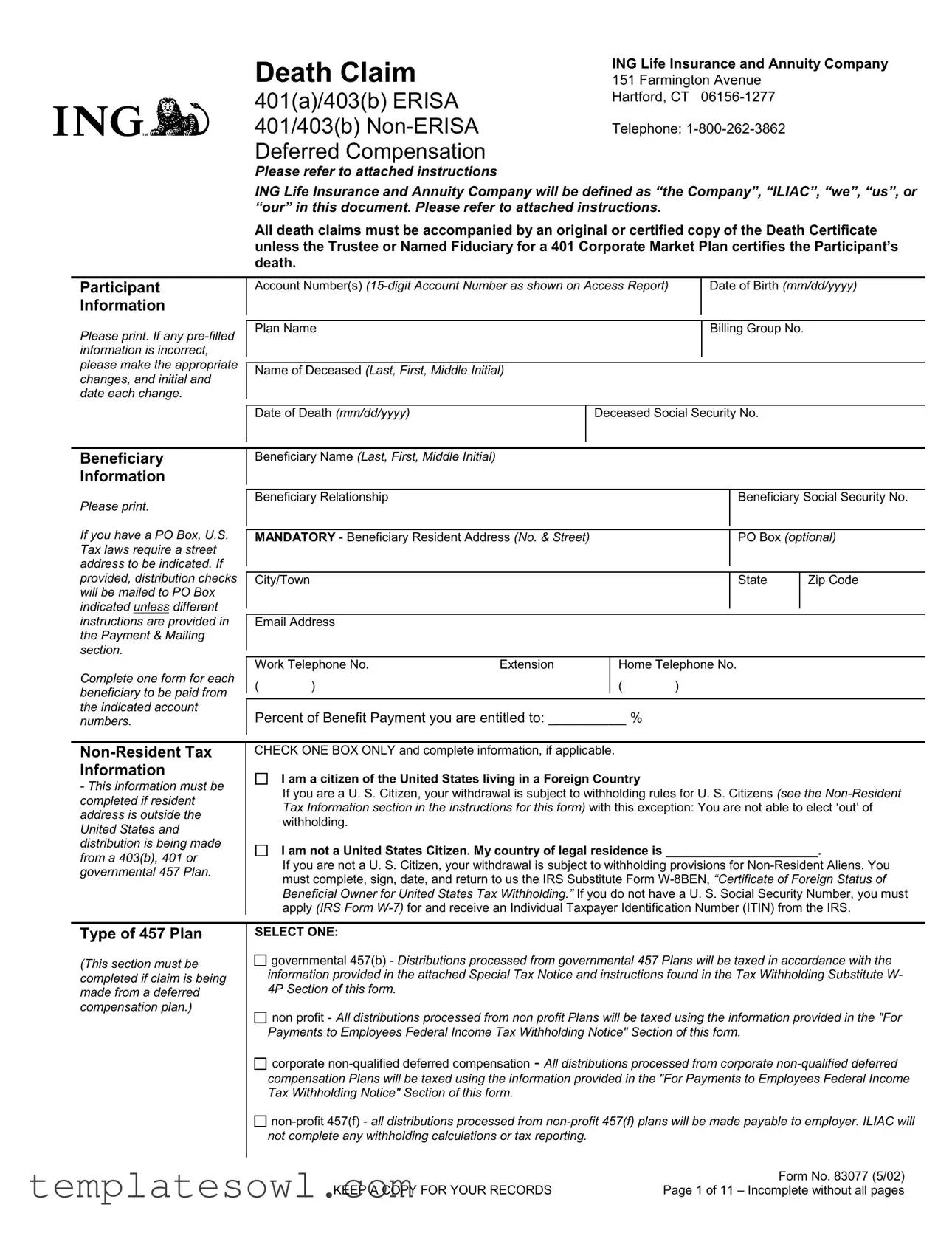




 corporate
corporate 



 Checking or
Checking or 
 Savings Account
Savings Account
